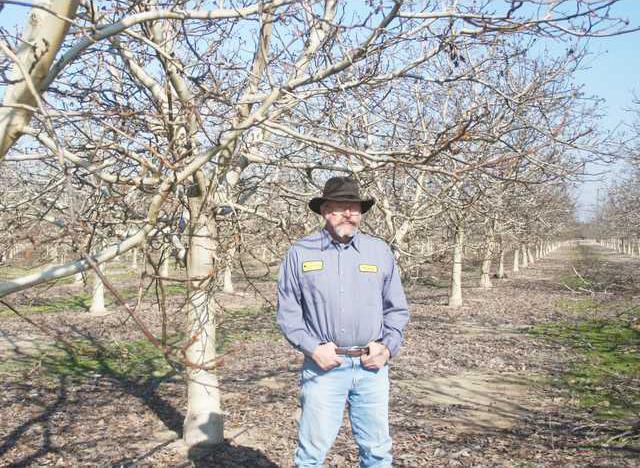California is known for its strong agricultural ties, but a recent business boom in the walnut industry has captured many first time farmers attentions, and quickly. According to Ag Alert, tree nurseries throughout California have already sold out walnut varieties for 2013, and are even unable to sell for 2014. Nurseries are now starting to take orders for 2015.
Turlock native Randy Dickey owns 70 acres of walnut trees currently in production and another 50 acres of land ready for planting. Dickey said that acquiring walnut varieties was half the battle of growing them due to their recent popularity.
“It’s tough right now. I started this orchard I’m trying to plant at the end of 2012, so I started looking for trees. I started calling around and I got put on waiting lists for 2014,” said Dickey.
“There was one nursery that wasn’t even doing a waiting list for 2014, and they said call back in October, which would be a year later, and said that they may be taking for orders for 2015.”
Last year, Dickey produced approximately 275,000 pounds of walnuts, and was paid well for the product. Part of the reason Dickey believes that profits are going so well globally is because of the added health benefits that walnuts possess. Walnuts are a rich source of energy, and contain nutrients, minerals, antioxidants and vitamins.
California is the top exporter of walnuts in the United States, especially in the Central Valley. Walnuts were the fifth largest crop in Stanislaus County in 2011, with a value of $176 million up from $116 million in 2010. Farmers are taking note, and have found a lot of success since the nut is globally acknowledged and is easy to farm.
“There are less time constraints in walnuts and less dollar input per acre than an almond tree is,” Dickey said about the walnuts' appeal. “Walnut orchards are pretty; they look like a park out there.”
Dickey has varieties growing on his farm, and expects that each nut will be incredibly popular for different reasons. The first nut grown by his family in 1968 was the Hartleys, a “classic” in-shell variety that continues to be a favorite.
He also grows 40 acres of Chandlers, a prominent variety that is the largest percentage of new plantings at 74.2 percent in 2012 and 77.7 percent in 2011 according to Ag Alert. Chandlers are a larger nut that easily crack at the center and take on a lighter color, which is appealing to consumers.
The other 50 acres are for Tulare’s, one of the most planted varieties.
“The demand for walnuts is going up. It really is. With the price that we are getting for these silly things, everybody kind of jumped on the bandwagon. The nurseries can’t keep up by the time they get their root stock going,” said Dickey.
Despite tackling the waiting list, Dickey was pleased to get Dwarf trees with clonal root stocks in 2014 instead of waiting in 2015.





